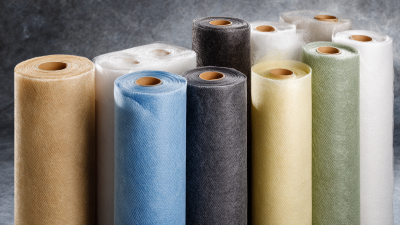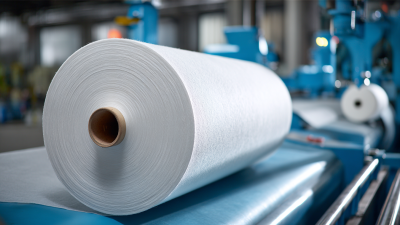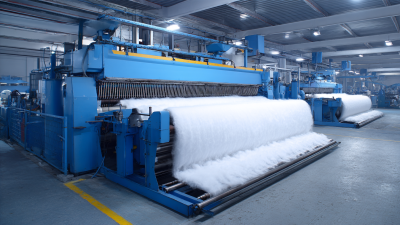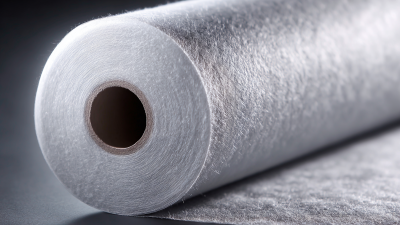
Leave Your Message
-
 CONTACT WhatsApp
CONTACT WhatsApp -

-

-
 CONTACT NUMBER
CONTACT NUMBER -
 CONTACT EMAIL
CONTACT EMAIL





The 138th Canton Fair, scheduled for 2025 in China, presents a significant opportunity to explore the latest innovations in Nonwoven Fabric technology. As the global nonwovens market continues to expand, with projections estimating the market size to reach approximately $60 billion by 2026, this event plays a critical role in showcasing advancements and trends within the industry.
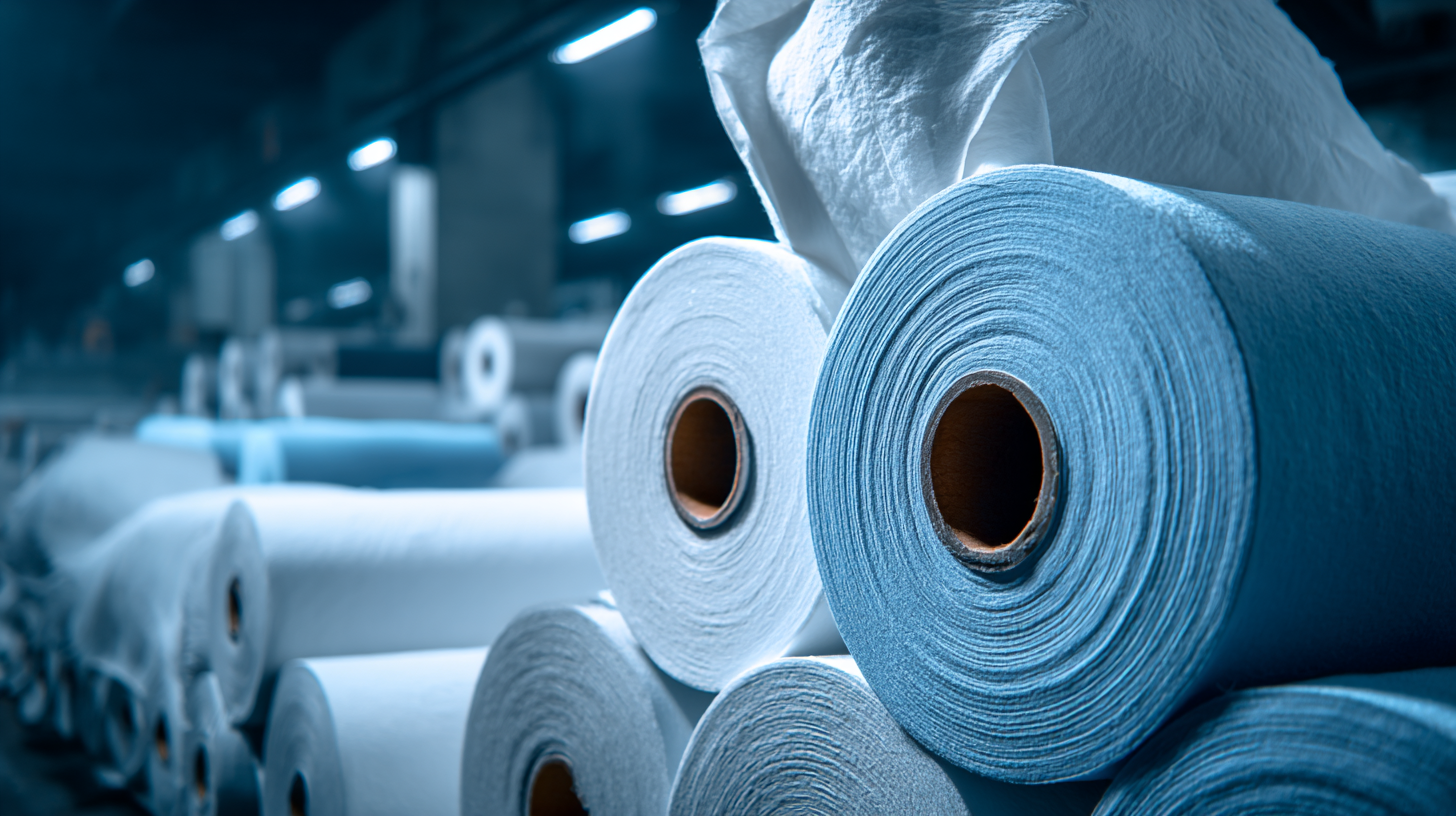 Nonwoven Fabric, known for its versatility and cost-effectiveness, has gained traction across various sectors, including healthcare, automotive, and consumer goods.
With the growing emphasis on sustainability and eco-friendly materials, the fair will highlight innovative applications and new manufacturing techniques that enhance product performance while adhering to environmental standards. Industry leaders and innovators will converge to discuss key findings from recent market reports, fostering collaboration and investment in the burgeoning nonwovens sector.
Nonwoven Fabric, known for its versatility and cost-effectiveness, has gained traction across various sectors, including healthcare, automotive, and consumer goods.
With the growing emphasis on sustainability and eco-friendly materials, the fair will highlight innovative applications and new manufacturing techniques that enhance product performance while adhering to environmental standards. Industry leaders and innovators will converge to discuss key findings from recent market reports, fostering collaboration and investment in the burgeoning nonwovens sector.
The 138th Canton Fair, held in 2025, serves as a pivotal platform for showcasing the latest advancements in nonwoven fabric technology. Attendees from various industries, including health care, fashion, and construction, will witness a diverse range of innovative products. Among the highlighted trends are eco-friendly nonwovens, which utilize sustainable materials and processes, responding to the growing demand for environmentally responsible solutions. These fabrics not only reduce waste but also enhance functionality, offering applications that range from biodegradable packaging to advanced filtration systems.
In addition to sustainability, the fair showcases smart nonwoven fabrics embedded with sensors and smart technologies. These materials are revolutionizing sectors such as medical textiles and wearable tech, providing enhanced performance and user interaction. For instance, fabrics that monitor vital signs or environmental conditions present exciting possibilities for personal health management. As manufacturers leverage cutting-edge techniques such as nanotechnology and 3D printing, the capability of nonwoven fabrics continues to expand, igniting a wave of creativity and innovation in textile design and application.
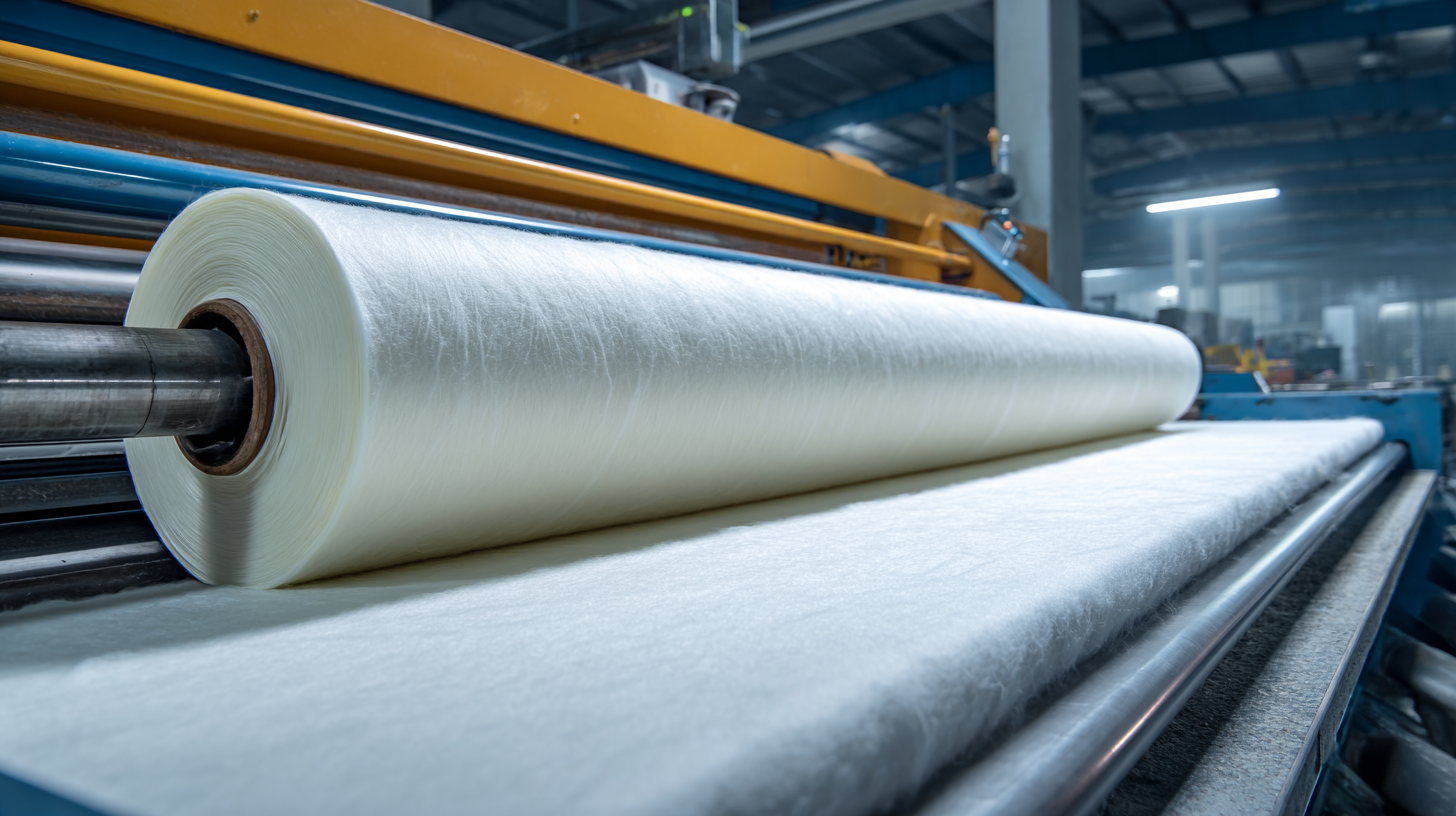 At the 138th Canton Fair of 2025 in China, the spotlight was on the remarkable advancements in nonwoven fabric innovations. These fabrics, known for their versatility and cost-effectiveness, are making significant inroads across various industries. In the medical field, nonwoven fabrics are being utilized in high-performance surgical gowns, masks, and other disposable supplies, enhancing infection control while offering comfort and protection for healthcare workers and patients alike.
At the 138th Canton Fair of 2025 in China, the spotlight was on the remarkable advancements in nonwoven fabric innovations. These fabrics, known for their versatility and cost-effectiveness, are making significant inroads across various industries. In the medical field, nonwoven fabrics are being utilized in high-performance surgical gowns, masks, and other disposable supplies, enhancing infection control while offering comfort and protection for healthcare workers and patients alike.
Beyond healthcare, nonwoven fabrics are also revolutionizing the hygiene and personal care sector. From ultra-absorbent diapers to innovative feminine hygiene products, these fabrics provide superior functionality and improved user experience. Additionally, the construction industry is leveraging nonwoven technology to produce durable geotextiles that support soil stabilization and erosion control. With endless possibilities, the breakthroughs in nonwoven fabric applications at the Canton Fair are shaping the future of diverse sectors, showcasing a commitment to innovation and sustainability.
At the 138th Canton Fair of 2025, nonwoven fabric innovations took center stage, particularly highlights concerning sustainability and eco-friendly practices in their production. The global nonwoven fabric market, projected to reach approximately $50 billion by 2026, is increasingly aligning with environmental standards that emphasize the reduction of carbon footprints and waste. According to a report by Smithers Pira, the demand for biodegradable nonwoven materials has surged, with an expected market growth rate of 6% annually through 2025. This growth indicates a significant shift towards sustainable practices in the industry.
Leading manufacturers are adopting innovative methods to reduce environmental impact, such as using recycled raw materials and implementing waterless dyeing technologies. By integrating processes that enhance recyclability, companies can produce materials that not only meet performance requirements but also conform to eco-friendly initiatives. For instance, a recent study noted that around 30% of nonwoven production now utilizes recycled fibers, a substantial increase from previous years. This commitment to sustainability not only caters to increasingly eco-conscious consumers but also positions the nonwoven fabric industry as a pivotal player in global efforts to combat environmental degradation.
The 138th Canton Fair in 2025 is set to be a significant gathering for the nonwoven fabric sector, showcasing innovations from key players and exhibitors. According to a report by Grand View Research, the global nonwoven fabric market is expected to reach $56.59 billion by 2027, growing at a CAGR of 6.1%. This growth highlights the increasing demand across various industries, such as healthcare, automotive, and construction, all of which will be prominently represented at the fair.
Major exhibitors will include leading manufacturers such as Kimberly-Clark, Freudenberg, and Ahlstrom-Munksjö, each presenting state-of-the-art nonwoven technologies. Visitors can expect to see advancements in materials designed for enhanced durability and sustainability, aligning with recent trends in reducing environmental impact. The fair will also feature seminars and workshops where industry experts will discuss the latest developments and best practices in nonwoven fabric applications.
Tips for attendees:
1. **Network Effectively**: Make sure to connect with industry peers and exhibitors to gain insights and forge potential partnerships.
2. **Stay Updated**: Familiarize yourself with the latest trends in nonwoven innovation prior to the fair, ensuring you can engage in meaningful discussions.
3. **Utilize Fair Resources**: Take advantage of the seminars and hands-on demonstrations to deepen your understanding of the technologies showcased.
The future prospects for nonwoven fabric innovations in global markets are promising, especially with the significant momentum generated by the upcoming Canton Fair in 2025. The fabric market is projected to flourish, highlighted by the fiberglass fabric market, which is expected to reach USD 13.17 billion by 2029. This growth reflects the increasing demand for advanced textiles that prioritize sustainability and efficiency in production processes. As manufacturers explore new techniques and applications, the focus on environmentally friendly materials and production methods is pivotal in addressing global challenges.
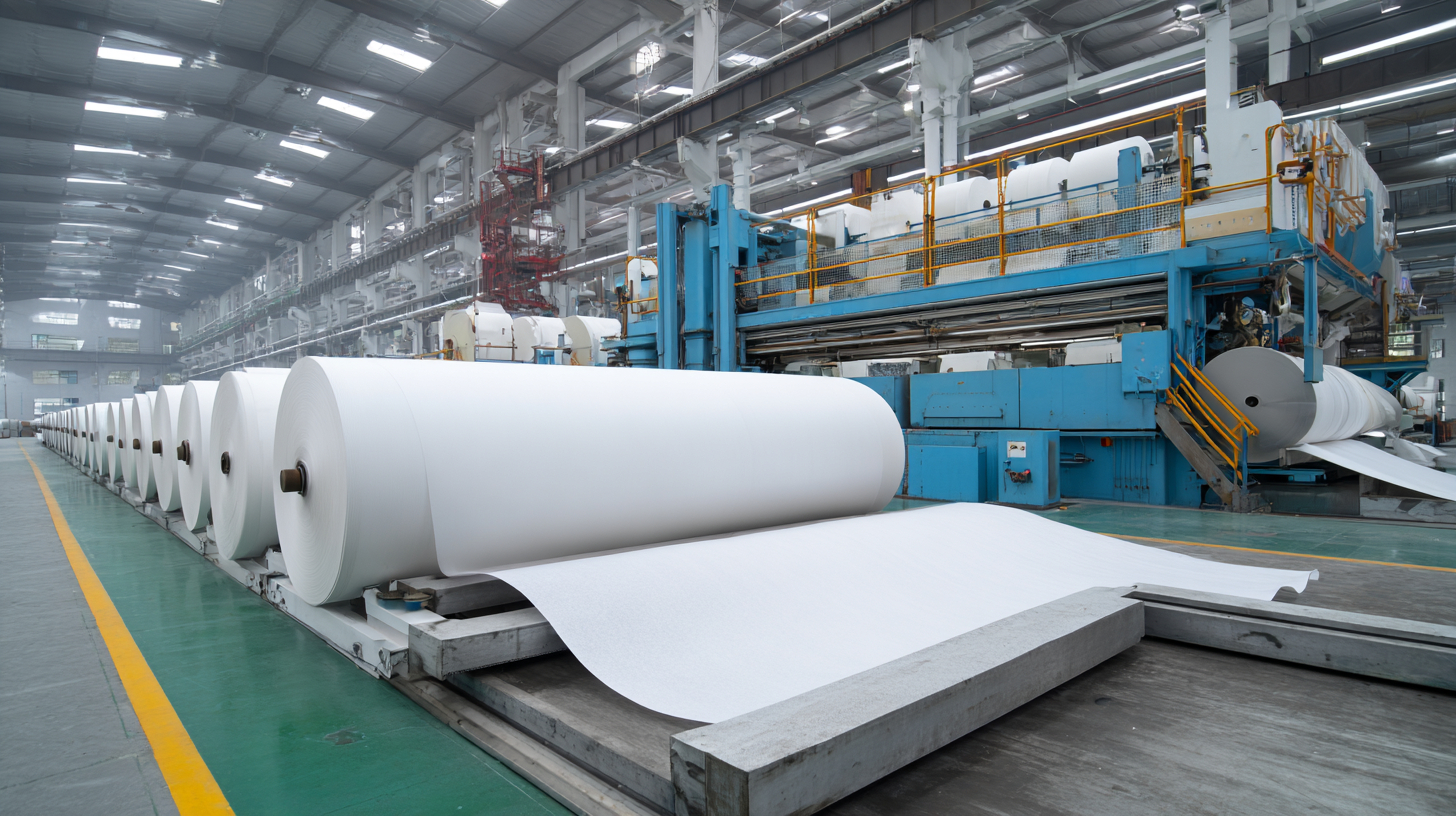
Innovations in nonwoven fabrics are also characterized by the integration of natural fiber composites, which offer numerous environmental benefits due to their renewable and biodegradable nature. As countries like Thailand emerge as leading hubs for industry advancements, events such as ANTEX Asia 2024 underscore the region's role in fostering innovation. This competitive landscape encourages manufacturers to further refine their technologies, ensuring that the nonwoven fabric sector remains at the forefront of sustainable practices while meeting the evolving needs of global markets.

